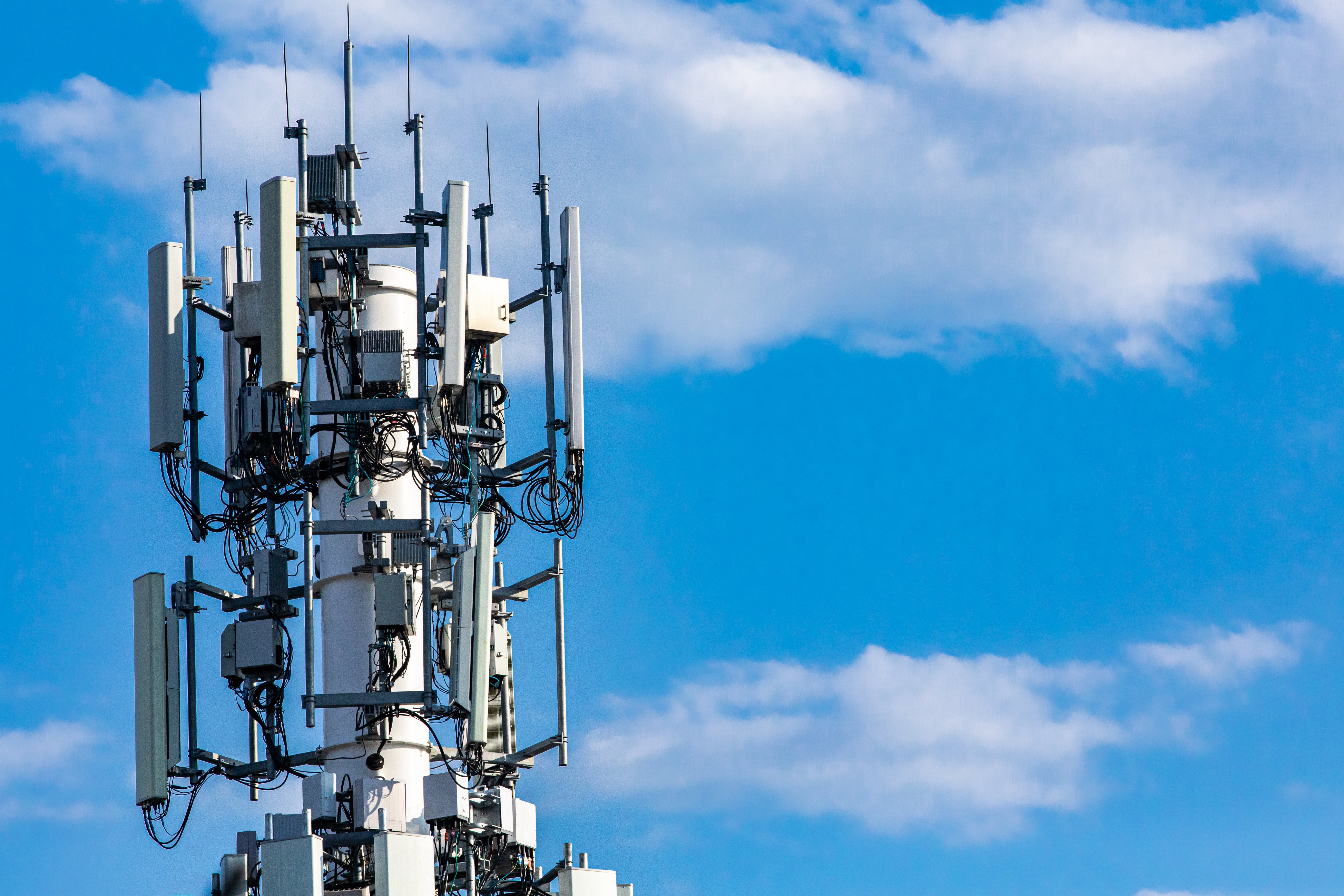If you've ever wandered through a town and spotted tiny cell towers for 5G on the poles of street lights. They look like small boxes, but they're actually broadcasting wireless signals from mobile providers to your phone.
They are replacing the larger built cell towers. While they're less noticeable, they still can create problems for those who live nearby.
It is the FCC's Radiation Exposure Thresholds

The FCC's Radiation Exposure Thresholds establish the safe distance that an individual can be exposed to electromagnetic energy from wireless devices. The limits of exposure are based on scientific data which prove that electromagnetic energy can cause harm to health.
The rate of absorption called the specific absorption rate (SAR) is an indication of the radiofrequency energy taken up by tissues. It is typically 1.6 milliwatts per kilogram spread over a kilogram of tissue.
However, because 5g transmits at higher frequencies this could be able to cause greater energy intensity on the skin as well as other body parts. This can result in many potential harms, including exacerbated development of skin diseases such as dermatitis, skin cancer and cataracts.
Due to the potential for negative effects of 5G radiation, PSU has chosen to create a general power density limit of 4 mW/cm2 measured over 1 cm2, and never to exceed 30 minutes, for the entire 5G spectrum at 3000 GHz. This localized limit is in accordance with the peak SAR that is spatially averaged at 1.6 W/kg, averaged over one 5 grams of body tissue, at 6 GHz.
The FCC's Maximum Exposure Thresholds for Maximum Exposure
If you've ever used a cell phone, then you've probably realized that a safe location from the tower should be at least 400 meters away. This is due to the power of transmission from the cell tower is significantly increased the farther the tower is.
Although this may sound like a good idea however, people living in close proximity to towers might be more prone to health issues. For instance, a study conducted in 2014 in India found that those who lived within 50 meters from cell towers suffered much more health problems than those who were away from the antennas.
This study showed that residents who moved to areas that were further from the cell towers saw their symptoms return to normal within a few days. Studies have also revealed that exposure to high levels of radiofrequency electromagnetic fields (EMFs) can cause brain tumors, cancer, and other health problems.
https://nonon-centsnanna.com/members/towerlip19/activity/150478/ is due to the fact that RF radiation, which is used in wireless communication can penetrate the human body's exterior layer, the skin. This is vital to be aware of since the skin functions as a protective barrier against injury to the body, infection from pathogenic microorganisms, as well as entry of toxic substances. what is a safe distance from a cell tower is also the largest organ of the human body, and is accountable for keeping the integrity of other organs.
The FCC's Minimum Exposure Thresholds
The FCC's Minimum Exposure Thresholds are based on many assumptions that aren't supported by scientific evidence. These include the erroneous belief that short-term exposures RF radiation are safe because of the minimal penetration into the body (i.e. thermal heating of tissue).
The assumption also ignores the more extensive penetration of ELF components of modulated RF signals and the consequences of brief bursts of heat generated by RF waves that are pulsed. These assumptions are not in line with current understanding of the biological consequences of RF radiation. As such they shouldn't be relied upon for health-protection exposure standards.
Furthermore to that, ICNIRP and FCC limit the maximum limits of exposure to peak local SARs, based on the maximum frequency of absorption (psSAR) which is not a reliable dosimetric instrument to assess the amount of exposure to radiofrequency radiation. Particularly, psSAR is https://blogfreely.net/hatrecess96/are-usually-safest-distance-coming-from-a-5g-cell-tower-system when frequencies exceed 6 GHz. Additionally, psSAR hasn't been tested for RF radiation exposed to other agents of the environment such as sunlight. In the event of interactions, RF radiations with different environmental agents could cause synergistic or antagonistic effects. This could result in an increased risk of negative health effects. For example, co-exposure to RF radiation with sunlight may cause an increase in the incidence of skin cancer, and may also exacerbate other skin disorders, such as acne.
